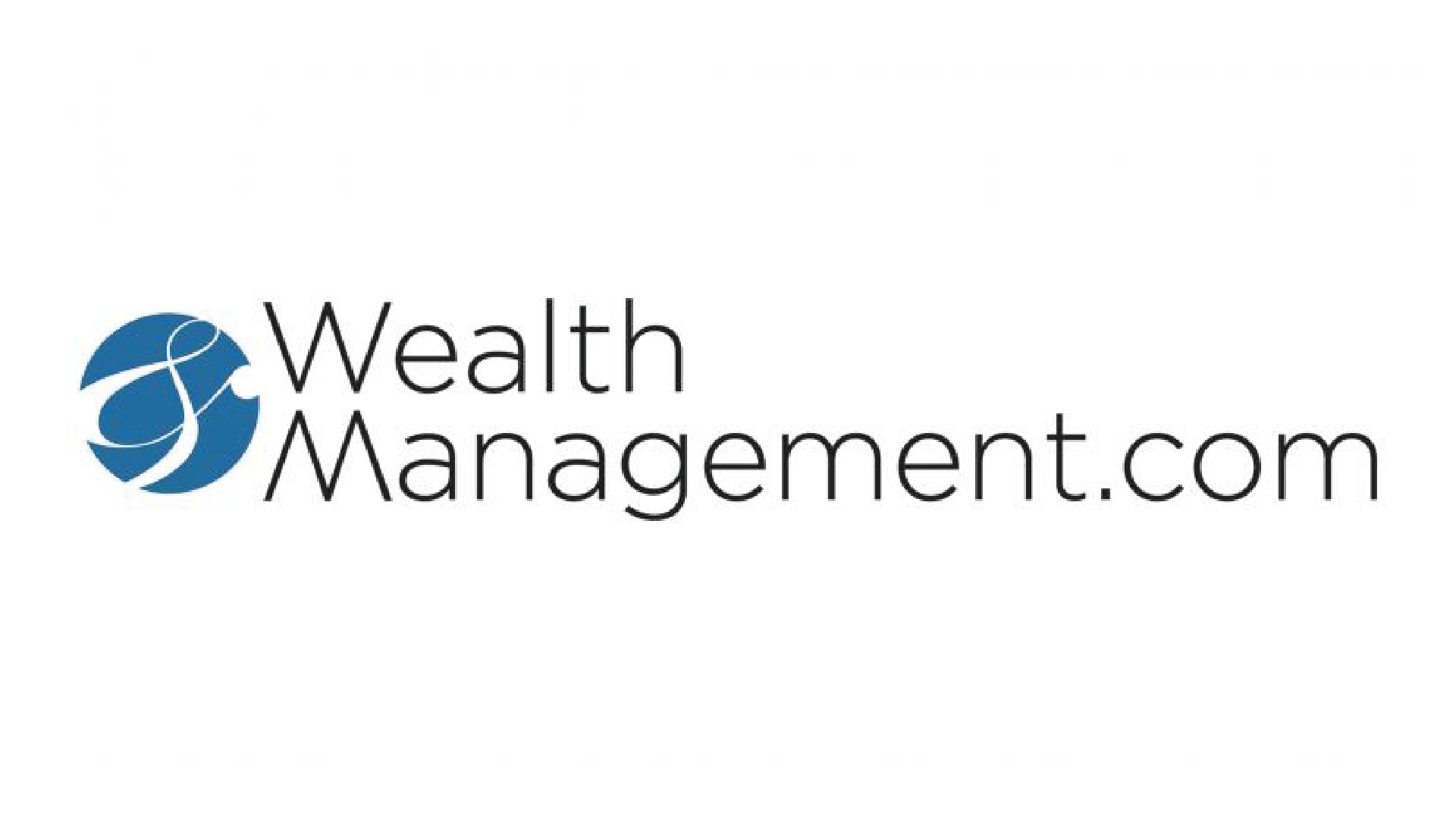Advisors are learning that their CRM doesn’t only help them keep track of clients, but of their employees, too.
In a pre-COVID-19 world, due to its ability to track client relationships and touchpoints, advisors consistently ranked their CRM as the most important component of their back-office technology suite. Without this technology, advisors may max out at 50 or 75 clients, given the complexities of tracking conversations, outstanding tasks, and major life events for an ever-growing pool of clients. But with a properly functioning CRM, one advisor could potentially double their capacity and keep track of 100 to even 150 clients. When they log in each morning, the CRM can remind them that Client A’s birthday is coming up, Client B’s daughter is starting college this month, Client C asked for a follow up meeting after the birth of their first grandchild, etc. With our industry’s client-first mentality, it makes sense that advisors would covet the technology most closely associated with shaping and deepening their relationships with their clients (not to mention the need to track these conversations for compliance reasons).
In a post-COVID-19 world, however, while the client benefits are still very prevalent, I think advisors are relying on CRM for a new reason: keeping track of employees. When most RIAs sent their employees home last March, there was a lot of speculation about a potential productivity drop as employees adjusted to working from home. However, thanks to a resilient market, advances in cloud-based technology tools, and a lot of hard work by employees, many RIAs reported record years during the pandemic, prompting many firms to contemplate remote work and/or hybrid work environments for the foreseeable future. While employees have proven themselves in a remote environment, advisors and managers are still justifiably concerned with their ability to track what everyone is working on and the status of various projects and tasks: “Where are we on the transfer for Mr. Jones’ accounts?” “Did we set the meeting with Mrs. Thompson?” “Did we complete the billing reconciliation so we can process our quarterly billing?”
With the entire team in the office, most often with an open floorplan, advisors could easily yell over to their team and get answers to these questions. What we’ve learned in the past 18 months is that CRM technology allows managers to “virtually” yell over to their team and get status updates to these questions. By logging into their CRM and pulling up Mr. Jones’ contact info, the advisor can see in the notes field and/or under the tasks listed for Mr. Jones that Stacey on the team did in fact complete the transfer of Mr. Jones’ portfolio and she called Mr. Jones to set up a time for him to speak with the portfolio management team to discuss the rebalancing of the portfolio as the firm unwinds the old portfolio holdings and transitions Mr. Jones’ assets to the new RIA’s suggested asset allocation. The advisor can also pull up Mrs. Thompson’s contact and see that Mike from the team set up a meeting for next Tuesday with Mrs. Thompson, and the advisor can confirm that the meeting is on their Outlook calendar. The advisor can also look at the open tasks for the firm and see that the firm’s billing reconciliation is taking place tomorrow.
RIAs that have been multi-office/multi-location for many years have already known how to leverage CRM technology in this way, but a lot of single-office RIAs had not needed to learn the internal benefit of having a CRM and utilizing tasks and notes to keep tabs on team members, until those members started working remotely last year. As noted above, the CRM was always crucial to the tracking of client activities, but few had thought of turning the CRM inward, to the business tasks of the firm itself. Now the true power of this technology has been released and there is no reason to put the genie back in the bottle once we all deem a return to the office to be safe.
As Liz Fritz of F2 Strategy recently pointed out, a new Gallup poll “shows five out of 10 employees want a hybrid work environment in a post-COVID-19 world.” As such, Liz writes, “Leadership must build a remote culture that includes a blend of virtual and in-person connection and collaboration.” CRM technology will be at the heart of every organization that successfully builds that bridge between in-office employees and remote employees, especially as employees rotate between office and remote work on a regular basis. While the ranking of CRM at the top of the RIA tech stack food chain hasn’t moved, the reasons behind that No. 1 position have changed, prompting me to predict an even higher percentage of advisors touting CRM’s benefits for years to come.
This article originally appeared on WealthManagement.com.

